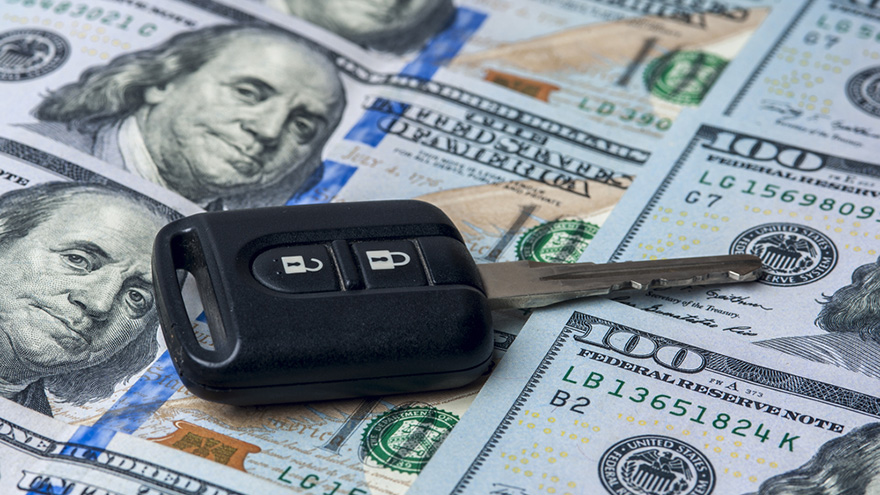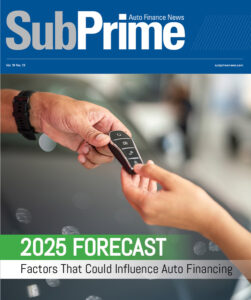Repo volume at wholesale is up, but will remain below pre-COVID levels for years

Repo volume is climbing, but don’t expect it to get to pre-pandemic levels any time soon.
After two years of declines, the amount of repossessed vehicle volume flowing into wholesale channels is expected to tick up to 1.2 million in 2022 and remain at that level in 2023 before climbing to 1.3 million in 2024 and 1.5 million in 2025, according to the latest forecast from Cox Automotive.
However, that’s still lower than 2019 numbers, when repo volume in wholesale reached 1.7 million before dropping to 1.3 million in 2020 and then to 1.1 million by 2021. In 2018, repo volumes were at 1.6 million units.
In recent calls with the industry and media, Cox Automotive chief economist Jonathan Smoke explained the peaks and valleys in repo volume, and why it’s headed up, but likely won’t reach those pre-COVID heights.
“Auto loan defaults were at historic lows in 2021 for a combination of reasons. And we are seeing default rates come up, but come up only barely,” Smoke said in a late September presentation. “In August, our review of Equifax data indicated that defaults were up 4% year-over-year.
“Now at the top of the funnel, delinquencies are up even more dramatically. They were up 36% in August year-over-year. So, there’s clear evidence of stress, especially in subprime, that consumers are getting behind on payment,” he said.
“But we’re not seeing the delinquencies convert into older delinquencies, and ultimately to defaults and repossessions … One, the vehicle is worth a lot more and that gives that consumer more options, one of which is selling the vehicle and paying off that debt,” Smoke said.
“The second is, vehicles are so hard to get and so expensive that I believe consumers are looking at a situation that they’ve fallen behind and realizing that they want to prioritize their auto loan payment over other types of credit payments because, one, transportation’s vital to their well-being and livelihood, and two, it would be extremely hard for them to replace it.”
Auto finance companies have said they are seeing unusually high “cure rates,” Smoke said, referring to a situation where a default has moved into the repossession stage only to have the consumer make their account whole, thus the repo is stopped.
All in all, repos are growing from the low levels of 2021, but the next few years will remain below pre-pandemic numbers, Smoke said.
In an October call, he emphasized: “Repossessions hit their low in 2021 with a record-low repo rate that was a product of stimulus support, loan accommodations and record used-vehicle values. We are seeing repossessions grow slightly in 2022 … but the repo rate will remain well below 2019 levels for several years as high vehicle values give consumers more options, consumers are prioritizing auto loan payments because it is so hard to find an affordable alternative and also because the loan pool has less subprime.”

 View The Latest Edition
View The Latest Edition

